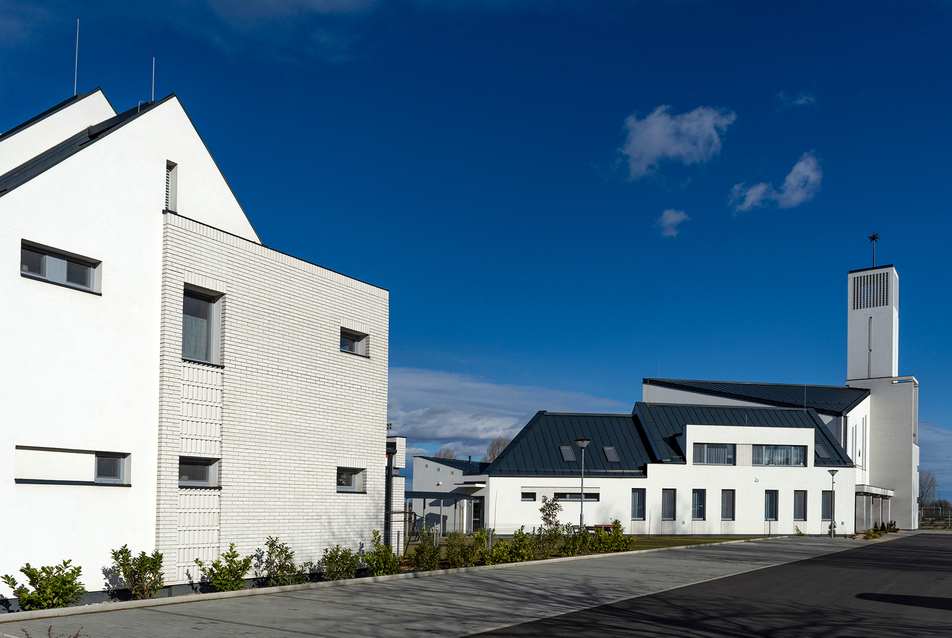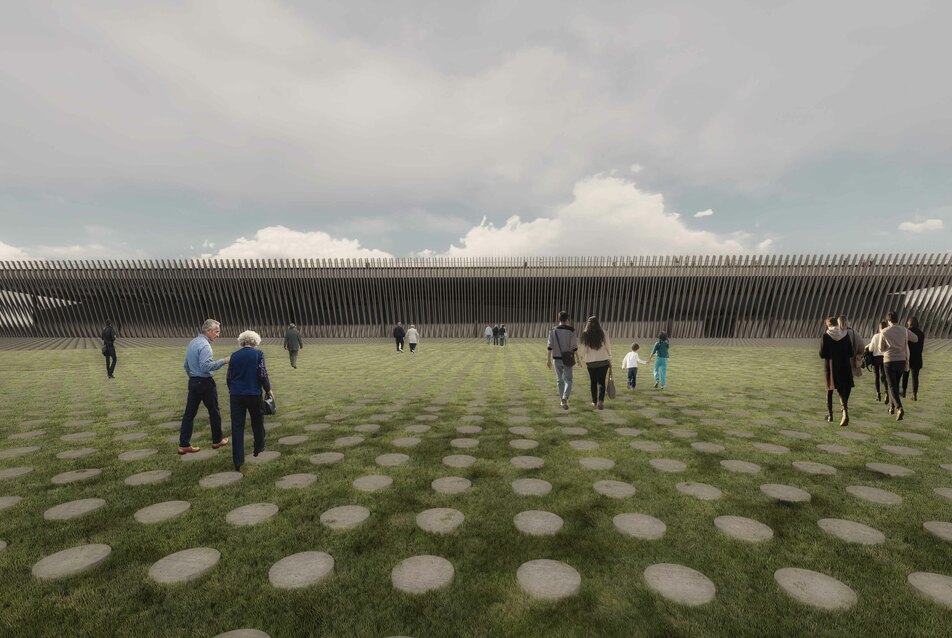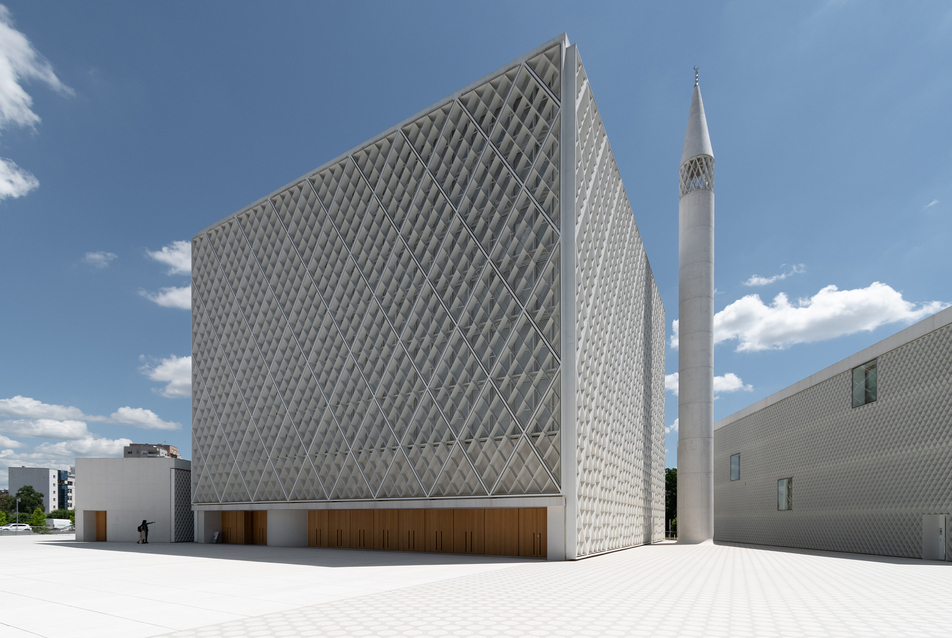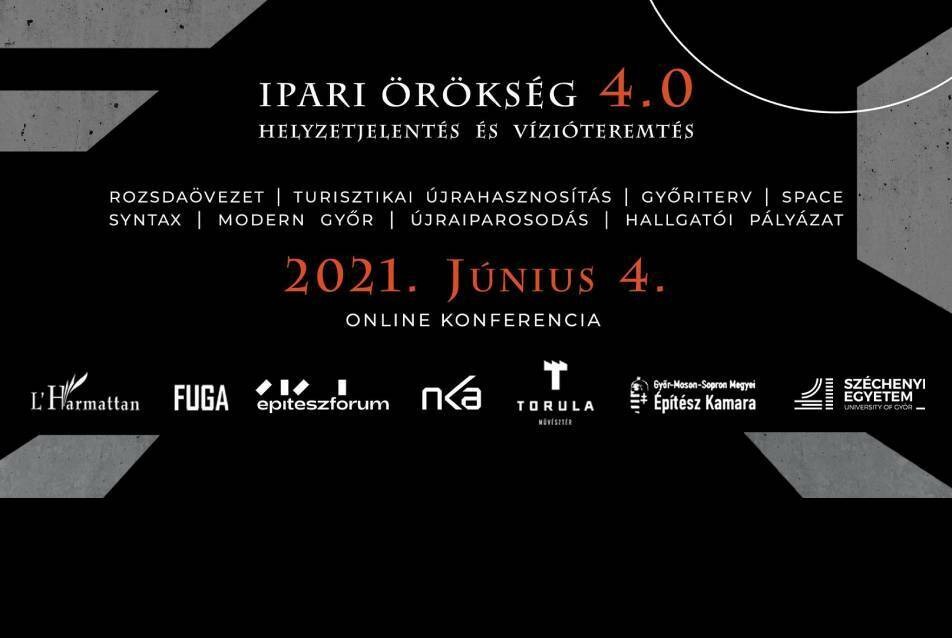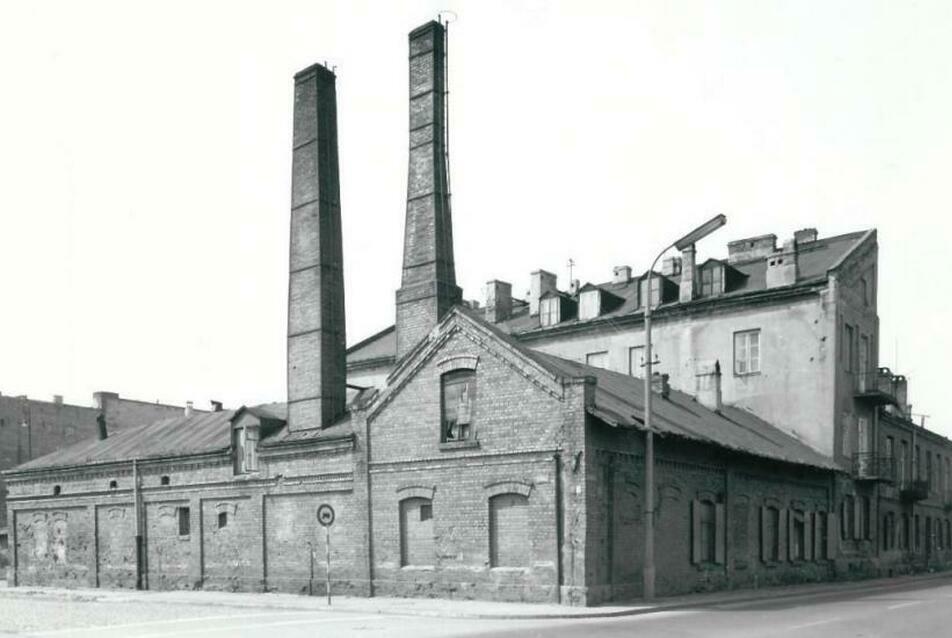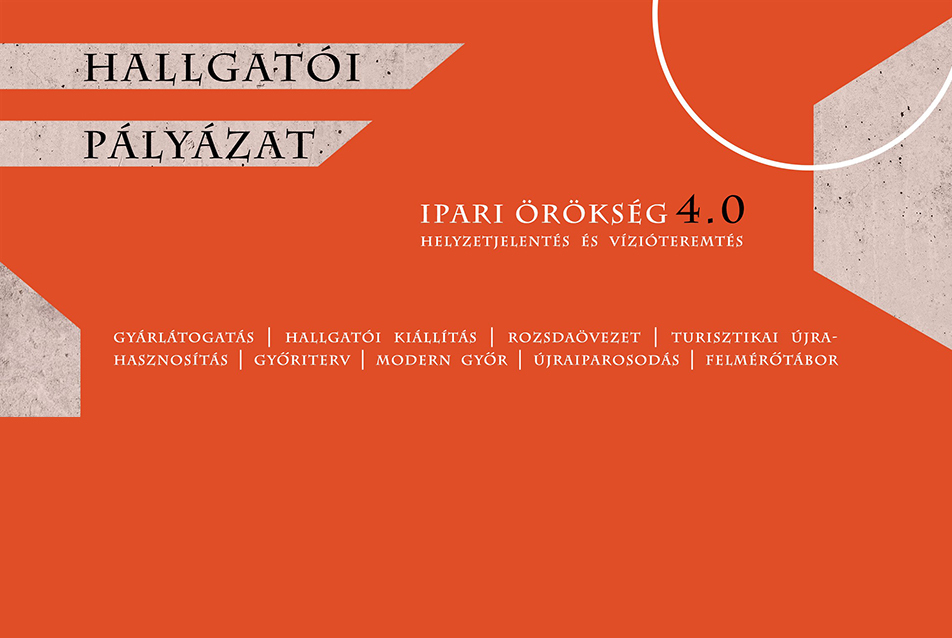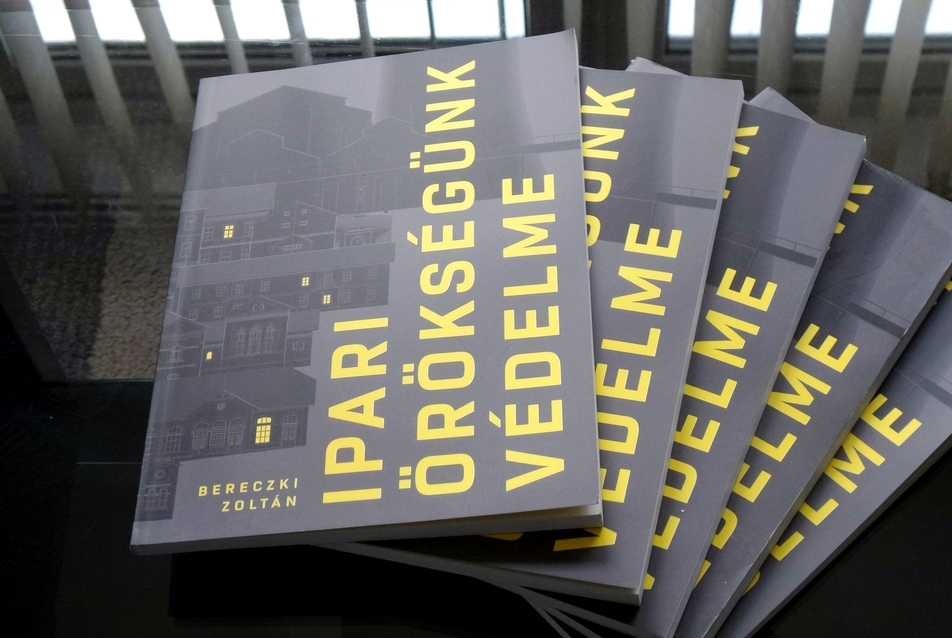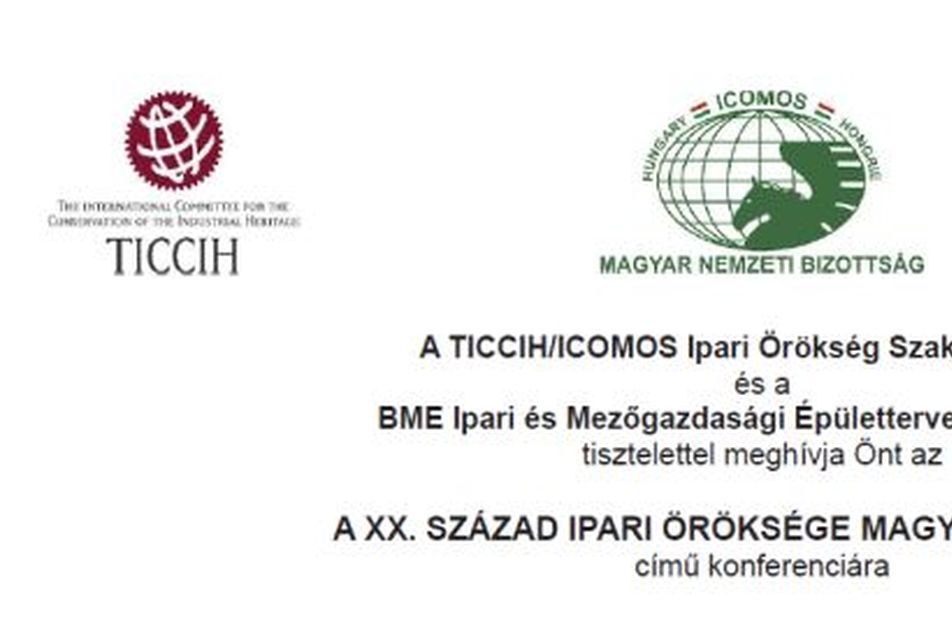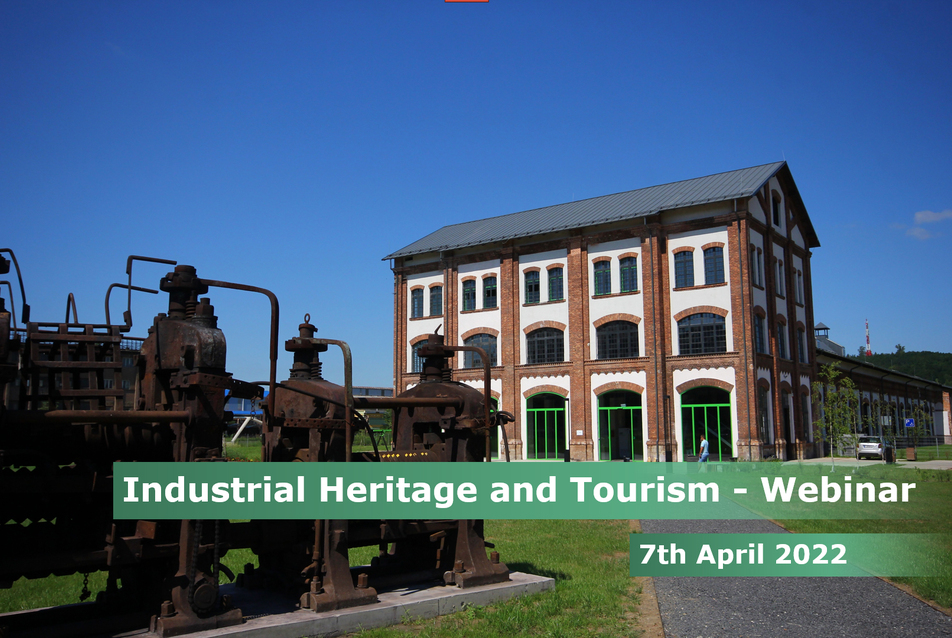
Industrial Heritage and Tourism – A Rail4V4+V projekt, a Visegrádi Alap stratégiai projektjének online szemináriuma
„Industrial Heritage and Tourism" címmel kerül megrendezésre a Rail4V4+V Projekt, a Visegrádi Alap stratégiai projektjének angol nyelvű, online szemináriuma. A szeminárium a barnaövezetek revitalizációját, az ipari épületek újrahasznosítását, az ipari örökség turisztikai lehetőségeit járja körbe.
A fentieken túl megismerhetjük Budapest egyik legjelentősebb kulturális célú barnaövezeti fejlesztését, az Északi Járműjavító területén megvalósult és megvalósuló fejlesztéseket. A német előadó a Ruhr-vidékről hoz példákat az ipari örökség emlékezetének ápolására, de előadások hangzanak el a szocialista korszak nagy beruházásainak sorsáról és a dualizmus korabeli vasúti épületekről is.
A szeminárium nyelve angol. A részvétel ingyenes, de előregisztrációhoz kötött az Eventbrite felületén. A jóváhagyott regisztrációkat követően kapják meg a résztvevők a Zoom belépéshez szükséges adatokat 2022. április 5-én.
A szeminárium részletes programja (angol nyelven):
09.00-09.10
Anica Draganić
Welcome speech
09.10-09.50
Károly Teleki
Industrial heritage tourism and its potential
The presentation will introduce the types of tourism, the elements of industrial and railway heritages, and possible areas for tourism development.
09.50-10.20
Zoltán Erő
Railway Industry Cluster of the past - brownfield program in the future
One of Hungary´s major cultural development projects is taking place in the brownfield area of Kőbányai út in Budapest. In this context, the problems and possibilities of revitalising brownfields are presented as a case study.
10.20-10.50
György Jávorszky
Eiffel Art Studios: From Last to First
The presentation demonstrates how a disused railway maintenance facility has become a state-of-the-art logistics and artistic complex of the Hungarian State Opera.
10.50-11.30
Gábor Zsigmond
New Hungarian Museum of Transport. Industrial Heritage and the New Museum
There are many examples around the world where a cultural investment has been the catalyst for the renewal of entire districts. The renewal of the 7-hectare area in the rust zone of Kőbánya could be a similar successful story. The new Hungarian Transport Museum will be one of the outstanding attractions of Budapest, a place where culture, transport, industrial heritage, and contemporary architecture meet in a unique way.
11.30-11.50
Coffee break
11.50-12.30
Stefan Berger
Industrial heritage and its Memoryscape – towards global comparisons
The presentation will introduce a typology of industrial heritage regimes and their relation to specific memoryscapes – antagonistic, cosmopolitan and agonistic.
12.30-12.50
István Bartók
Built industrial heritage of the socialist era in Hungary – characteristics and the current situation
The presentation will tackle the activity of IPARTERV (Company for Industrial Building Design), the unique built results and their reuse possibilities
12.50-13.20
Emese Meiszter
Revitalization of the Dualism-era railway stations
The presentation will highlight the significance of the building stock, created during the late 19th century, through the creation of the buildings and railway infrastructure of the era. The presenter will demonstrate possibilities for revitalizing buildings through current challenges and specificities, with examples of three stations along the Esztergom railway line.
13.20-13.50
Q&A, Open dialogue between all participants
Speakers:
Károly Teleki is a certified business consultant with solid engineering, economic and industrial background. He is also a certified tour and event organiser. He established www.hungarianbirdwatching.com in 2004 and www.industrialheritagehungary.com in 2015. He organises birdwatching and industrial heritage tours and gives advices in strategy, process improvement, lean and tourism.
Zoltán Erő is an architect and urbanist. He is one of the founders of Palatium Architect Studio and a founding curator of the Contemporary Architecture Center. In addition to large-scale urban and public space development projects, he has been involved in the urban regeneration programme of Budapest.
Between 2004 and 2014, he was the architect-general designer of the Budapest Metro 4 and the lead designer for four underground stations. Since 2020 Zoltán is the Chief Architect of Budapest. He is a regular lecturer and contributor to journals.
György Jávorszky: Initially a teacher of English, György Jávorszky has been international communications project manager at the Hungarian State Opera for eight years, and he followed the transformation and rebirth of the industrial monument closely.
Gábor Zsigmond Since 2016 he has been Deputy Director of Hungarian Museum of Science, Technology and Transport. Earlier he was responsible for the restoration of nostalgia vehicles as Head of both Urban Public Transport Museum and Millennium Underground Railway Museum in Budapest, Hungary. Since 2005 he has been Visiting Lecturer at major Hungarian universities. Author of more than 10 books and over 100 essays about public transport history and industrial heritage. Board member of IATM, ICOM Hungary and MUT.
Stefan Berger is Professor of Social History and Director of the Institute for Social Movements at Ruhr-Universitaet Bochum. He is also executive chair of the Foundation History of the Ruhr and an Honorary Professor at Cardiff University in the UK. He has published widely on industrial heritage, deindustrialization, historiography, national identity, memory studies and social movements. His latest monograph is ‘History and Identity: How Historical Theory Shapes Historical Practice, Cambridge University Press, 2022.
István Bartók is an architect, associate professor in BME (Budapest University of Technology and Economics) Faculty of Architecture, Department of Explorative Architecture. His research areas are history of industrial architecture, industrial architectural heritage. He is a supervisor at the Doctoral School of Architecture at the Faculty of Architecture of BME and co-supervisor at the Doctoral School of History of Pázmány Péter Catholic University.
Emese Meiszter is a Bsc student of architecture engineering at the Széchenyi István University of Győr, who currently researches the revitalization of Dualism-era railway station buildings in her thesis.




















